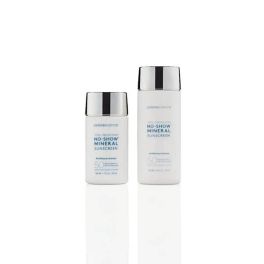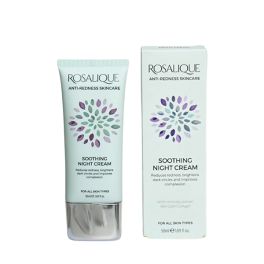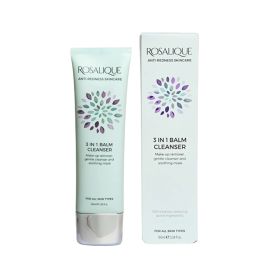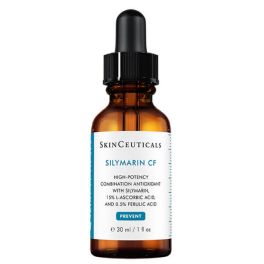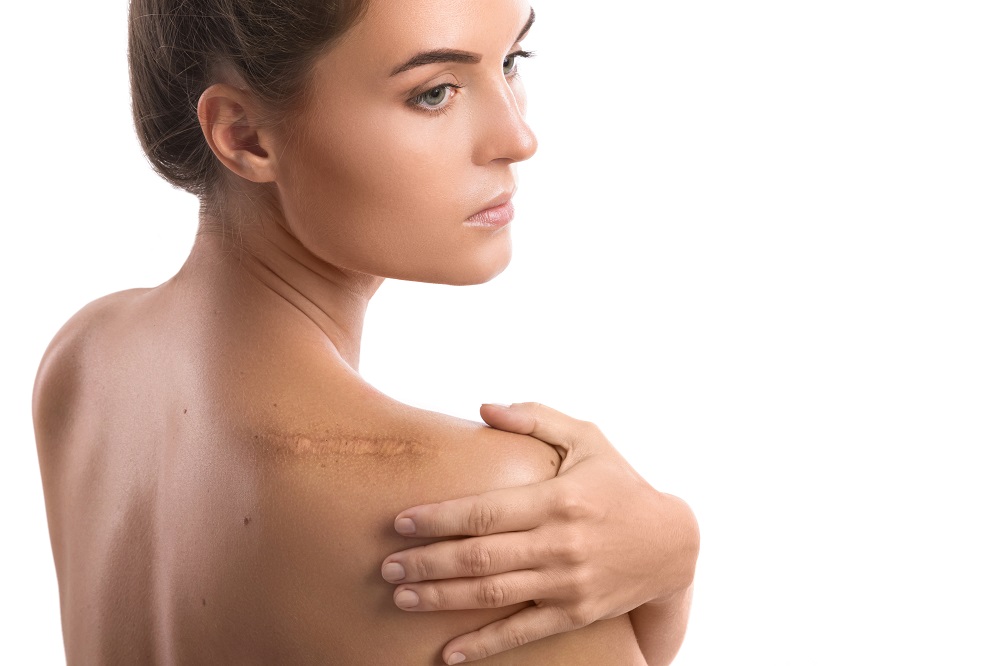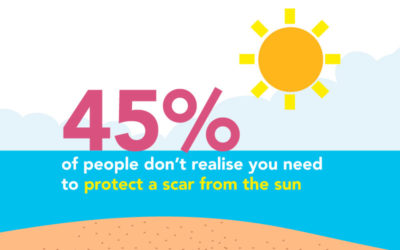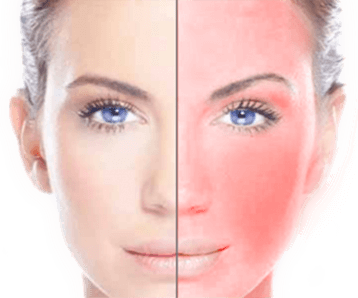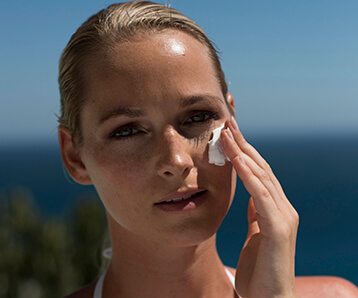Taking A Selfie Could Help You To Heal Your Scar Posted on 17 Apr 2019
Scars are surprisingly common, affecting 100 million people every year. However, scars are often overlooked when it comes to treatment, with many people not realising that you can actually improve the appearance of a scar.
Silicone gels such as KELO-COTE® are a little-known treatment clinically proven to improve the appearance of scars.
Top tips on self-care for your scars:
Don’t Delay:
A scar can take up to two years to mature after initial injury and sometimes longer – whether it resulted from an accident, surgery or burn. However, the sooner you can treat the scar, once the wound has healed, the better the results will be.
Daily Ritual:
It’s really important to get into a daily routine with your scar treatment. Consistency is key. Think of it in the same way as the classic 3-step beauty regime. Once you’re familiar with the process it becomes part of your everyday health and beauty routine:
1.Make sure the scar and surrounding area of skin is clean and dry.
2.Apply hydrating cream (a simple body or face moisturiser is fine) and gently massage the scar tissue for 3-5 minutes, up to 5 times a day to break down the collagen fibres.
3.Wipe the cream off and apply a very thin layer of silicone gel. Once dry, you can apply cosmetics and sunscreen over the top.
Document Your Scar Journey:
Taking “before and after” pictures – basically a “scar selfie” – can really help to keep you motivated in you scar treatment regime. I recommend that patients use their mobile phones to take a picture of their scar at the outset of treatment, and then document their progress with a monthly image. You can use these to share progress in any follow-up medical appointments, as well as being able to see for yourself how the scar is improving. Over time, treatment will help to soften and flatten raised scars, as well as reducing discolouration and redness, itching and discomfort.
Be Sun-aware:
Scars lack melanin, the pigment that gives our skin colour and provides some protection from the sun. If scars are exposed to the sun during the healing period, scarring can be further increased and may become bigger, harder and darker in colour. So, be mindful of UV levels and cover a scar where possible. Alternatively, apply a silicone gel incorporating UV, to protect you for periods where you are more likely to be exposed to the sun e.g. on holiday, and remember to reapply sun protection regularly.
Be Patient:
Some patients become disheartened if their scar does not appear fading. However, patience really does pay here, as the minimum treatment period for silicone treatments is 60-90 days with most people having the optimum outcome between 12 to 24 months.
View Silicone Scar Treatments..













